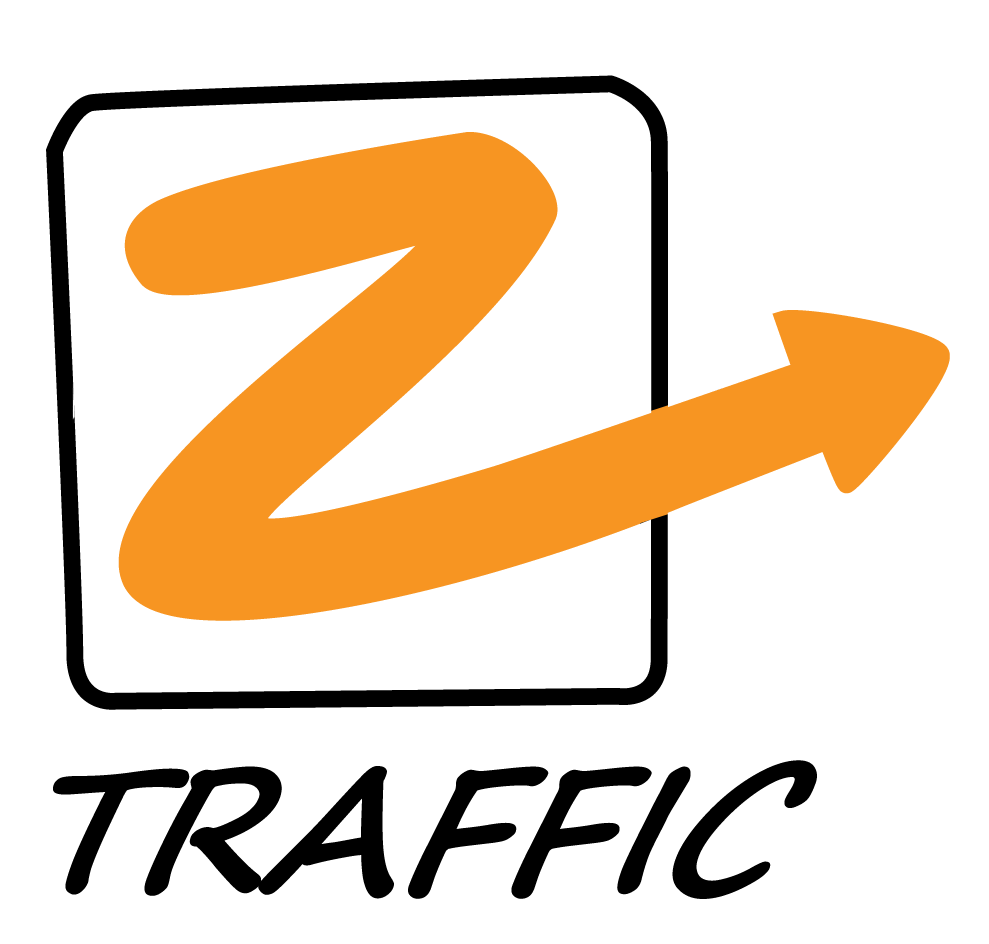Branding wasn’t something SEOs traditionally thought much about. The real wins were in non-branded keywords, where the traffic and conversions lived.
However, that changed when Google and OpenAI turned most of these queries into zero-click searches.
For the remaining queries, search...
Tag: SMEs

Who is your online audience?
In most cases cusotmers say well, this is online right, so anybody can come & see my website.
Well, in this video we are going to see why audience is so crucial for defining online ROI for your business?
There are 3 ways How You Can Define...
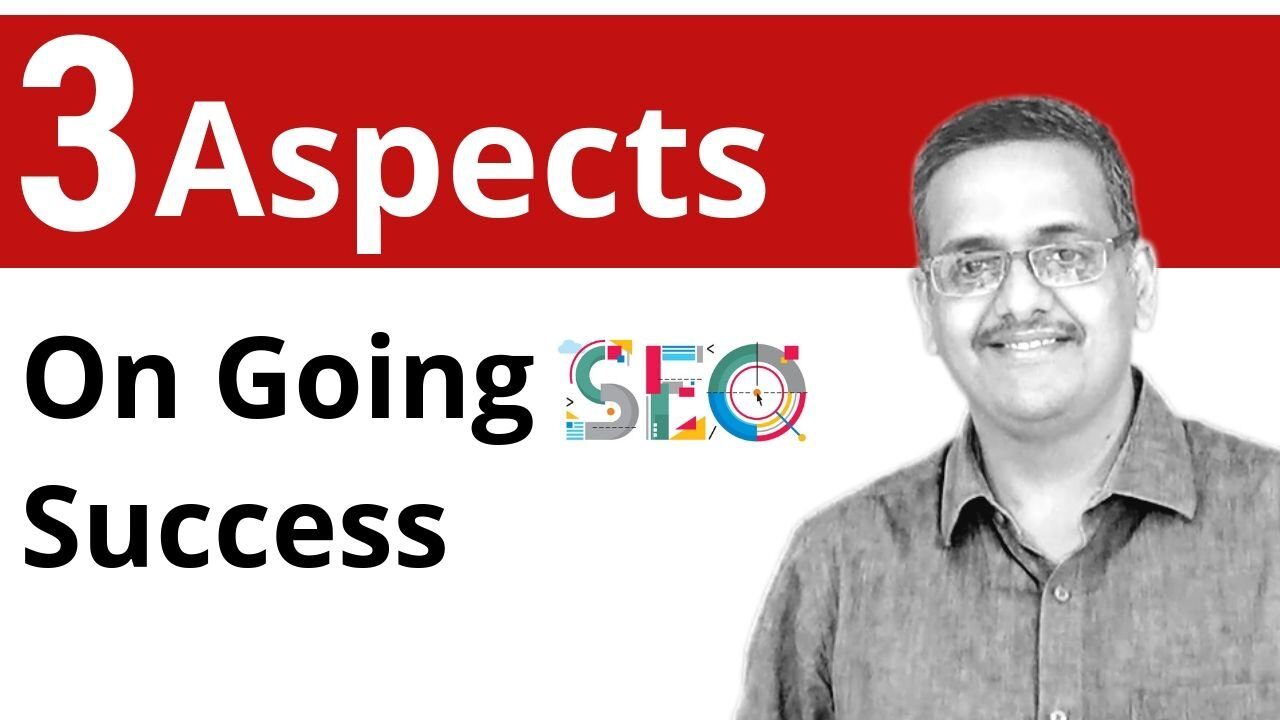
In this ever-changing online world where things changed over six months. What approach should be taken to be able to grow the online business sustainability?
Very
interesting question and to that my answer was If we takes care of
these 3 aspects, we would be able to build a...
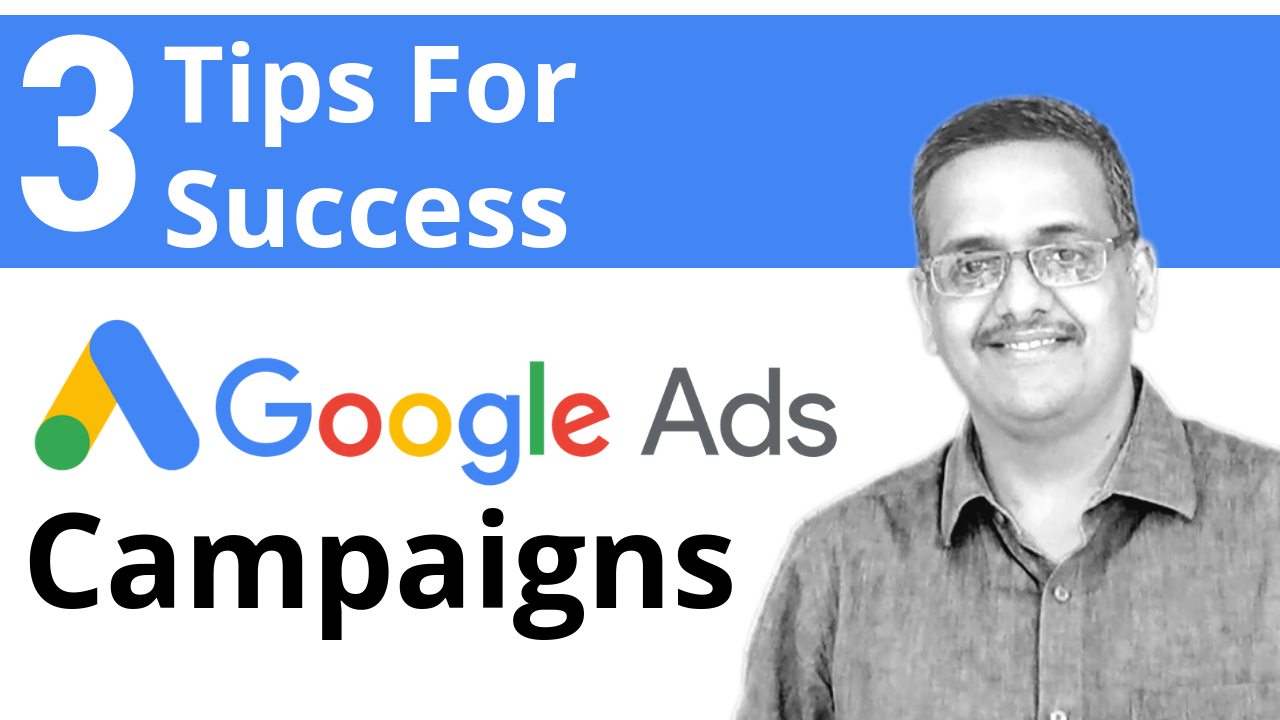
I keep receiving a lot of e-mails messages and interactions with customers, regarding their Google AdWords campaigns. Most of them feel that those campaigns are not yielding the right outputs for some reason and as you know these campaigns are expensive, planning those campaigns...
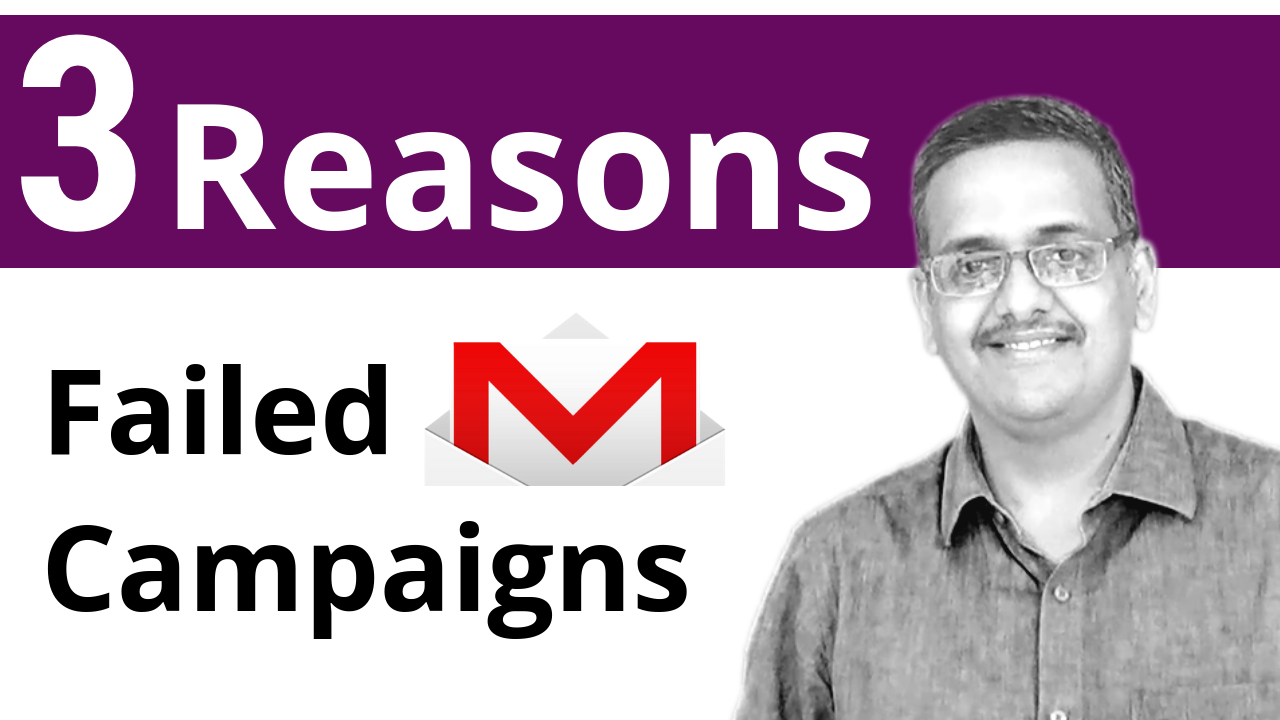
Hello everyone.
The other day I met up with the client and we were discussing his online promotion campaigns. And he asked me a typical question that they are relying a lot on email marketing for their business. But somehow they do not actually measure & yield ROI using that...
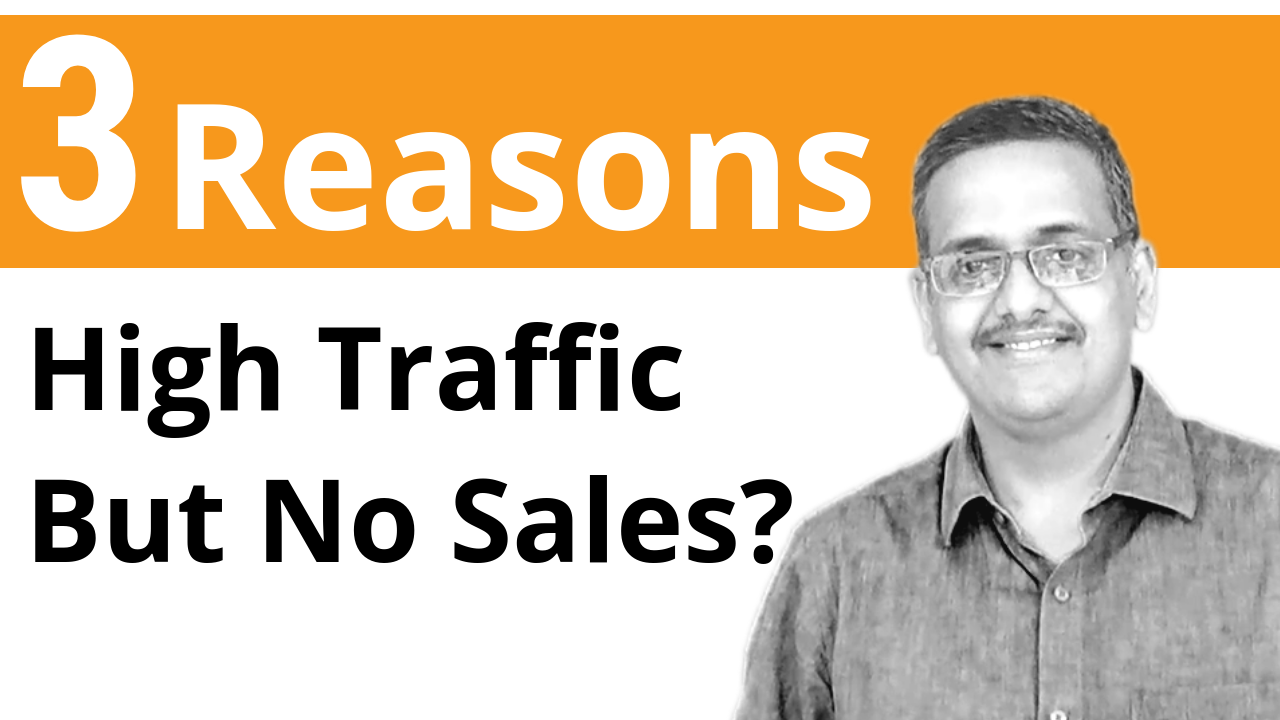
Hello everyone.
In this video, let’s find 3 Reasons why website traffic not converting into sales and could be the probable reasons?
Let’s get started.

Are these some of the issues that your website is facing?
a) Getting junk e-mails from your Web site forums.
b) Getting malware injected into a Web site pages and some gibberish texts show them on your web pages Or some of them they just don’t open up at all or they get...

If you are a local business and have not positioned yourself on Google My Business yet, these 3 things are most important to address when you get your business out there on Google.

Are you a business marketer and use e-mails extensively for marketing then I’m going to show you 3 Cs that will make your campaigns very effective and powerful for your business. Let’s take a look.
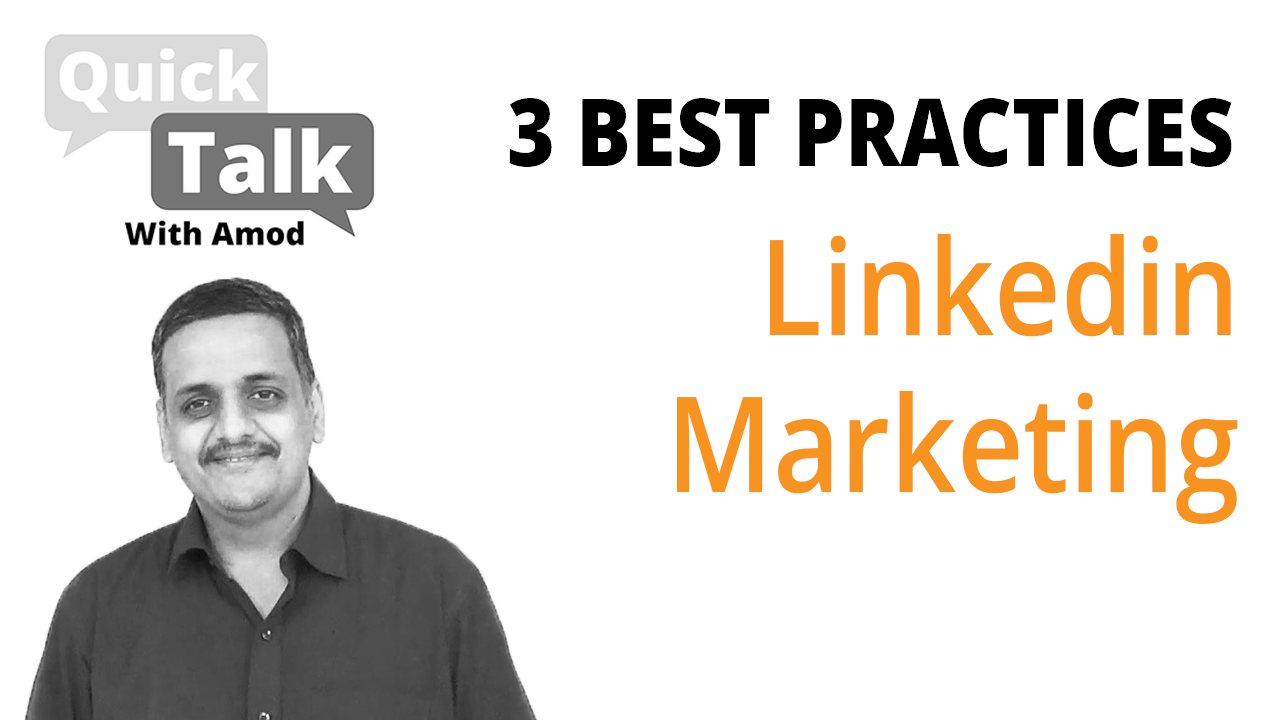
As a B2B marker today, LinkedIn is one of the most powerful tools right? Are using it right?
Understand these 3 aspects or 3 ways in which you can use LinkedIn in more powerfully to generate leads for your business.
- 1
- 2
